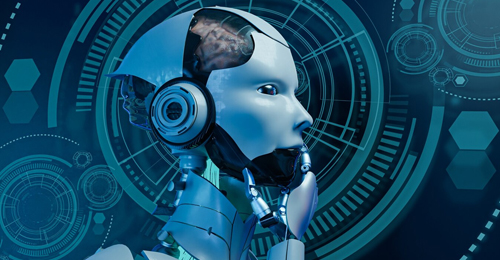
Robotics refers to the branch of technology that deals with the design, construction, operation, and use of robots. Robots are machines that can be programmed to perform a variety of tasks, often tasks that are repetitive, dangerous, or require precision. Robotics combines various disciplines, including mechanical engineering, electrical engineering, computer science, and artificial intelligence (AI).

Robotics and Humanoids are fascinating areas of technology that involve the design, development, and application of robots and human-like machines. These technologies are rapidly evolving and have a wide range of uses across various industries, from manufacturing to healthcare, and even entertainment.
Humanoids are robots designed to resemble humans in form and function. These robots often have a head, torso, arms, and legs, and can be programmed to mimic human behaviors and interactions. Humanoid robots combine mechanics, AI, and human-like design to create machines capable of performing tasks in environments that are traditionally designed for humans.
Autonomous Vehicles (also known as self-driving cars or driverless cars) are vehicles that are capable of traveling without human input. These vehicles use a combination of sensors, cameras, radar, and advanced algorithms to navigate, detect obstacles, make decisions, and ensure safe travel on the road. Autonomous vehicles are a significant part of the future of transportation and are seen as a way to improve safety, reduce traffic, lower emissions, and increase convenience for travelers.
Dynavision is a proprietary family office that takes a long-term, fundamentals-driven approach to investing in both public and private space. As stewards of patient, unleveraged proprietary capital, we maintain the flexibility to invest beyond market trends, focusing instead on businesses with enduring value and sustainable competitive advantages.
© 2025 DYNAVISION VENTURES LLP